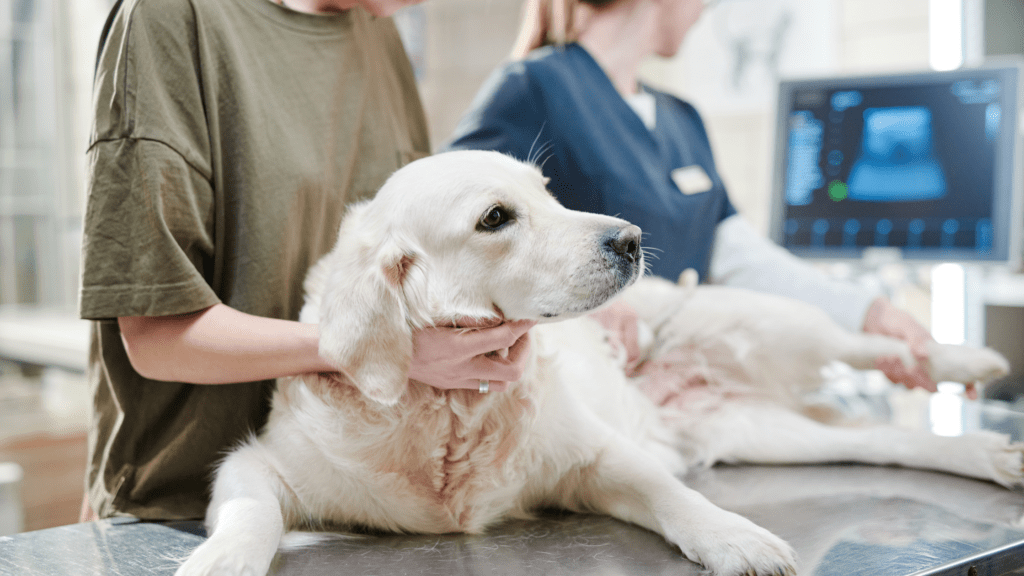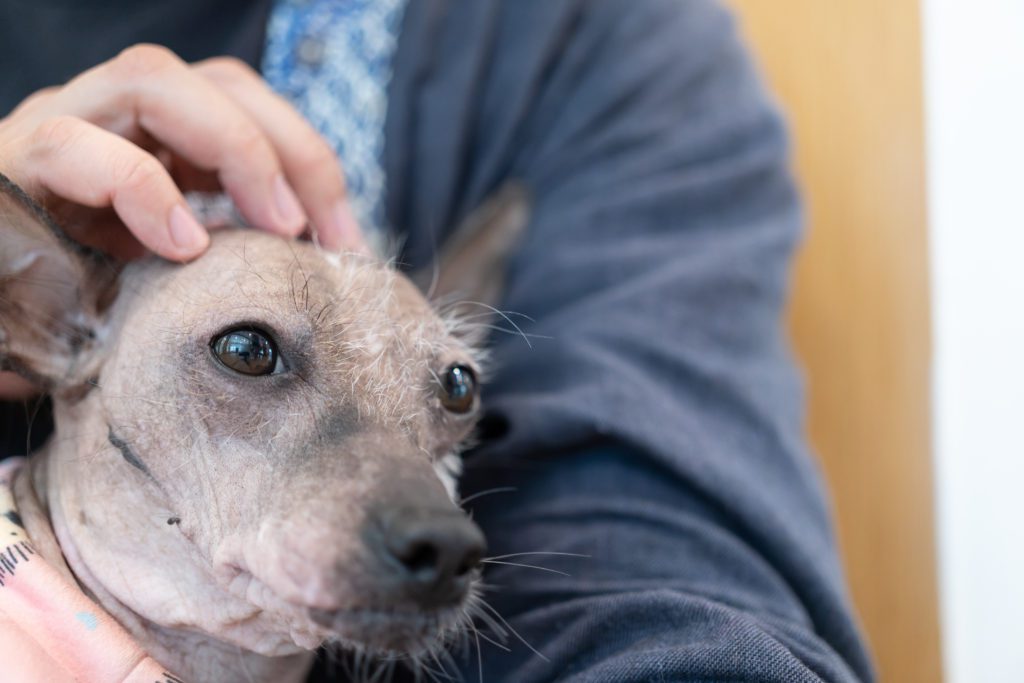Have you ever been perplexed by your pet’s unexplained behaviors or ailments? Perhaps you’ve witnessed subtle shifts in their energy or demeanor, leaving you with a nagging sense that something isn’t quite right. These are the moments when the expertise of an Animal Medical Intuitive (AMI) can illuminate the path forward, offering more clarity from deciphering vague symptoms to aiding in pain location and facilitating treatment follow-up. AMIs bridge the gap between intuition and diagnosis, empowering caregivers to advocate for their animal companions’ holistic well-being.
Whether you’re a seasoned pet owner, a dedicated animal caregiver, or simply curious about the extraordinary bond between humans and animals, this blog is a great resource for understanding the transformative power of Animal Medical Intuitives when using it in these real-life scenarios.
Vague Symptoms That You Can’t Really Explain to the Vet
Vague symptoms that you can’t really explain to the vet can be perplexing for any pet owner. This scenario occurs across various animal species, where owners have an intuitive sense that something is amiss, even if they can’t pinpoint the exact reasons behind it. Changes in sleep habits, eating patterns, or shifts in energy levels and personality traits may raise concerns, leaving caretakers puzzled.
For instance, a cat that typically enjoys its afternoon nap on the back of the couch suddenly retreating into the closet or a once-social horse now standing quietly alone under the trees can signal subtle but significant changes in behavior. Despite these observations, justifying a visit to the vet can be challenging as the symptoms are difficult to articulate, and there’s limited information available for diagnostics.
Unlike human physicians who can verbally interview patients to gather detailed symptom sets, veterinarians must rely on observable and measurable symptoms. This limitation underscores the importance of seeking alternative avenues for understanding our animals’ health concerns. This is where the expertise of an AMI comes into play.
Case Study
In a compelling case study, an experienced dog owner schedules a phone consultation to discuss their Border Collie’s behavior changes. During the conversation, the dog articulates intense feelings of headache and pressure in its head—a new and concerning experience for the owner. Sensing these sensations, the AMI recommends prompt reporting to the veterinarian. Subsequent emergency vet visits and blood pressure measurements reveal dangerously high levels, which lead to life-saving interventions.
This scenario highlights how insights gleaned from animals, coupled with detailed symptom reporting, can provide the clarity needed to pinpoint a diagnosis swiftly. By bridging the gap between intuition and veterinary diagnostics, AMIs offer invaluable support in deciphering vague symptoms and advocating for our animals’ well-being.
Information Gathering Before Vet Visits or Pain Location
Like the previous example, every animal caretaker benefits from engaging in dialogue with an AMI before starting a veterinary appointment. Even if caretakers believe they have identified the location of their animal’s problem, animals often offer additional, invaluable insights that clarify the situation.
Consider a scenario where a dog owner notices their typically lively young Labrador suddenly limping. Despite maintaining an otherwise playful and energetic demeanor, the dog refrains from bearing full weight on its left hind leg while engaging in play. Although no visible signs of injury are apparent, the owner suspects a potential issue in the “knee” area, such as a torn ligament, based on past experiences. Consequently, the owner schedules a veterinary examination for later in the week.
While ultimately relying on the veterinarian for the final diagnosis and treatment, the owner opts to arrange a “physical scan” by an AMI before the vet visit. During the consultation with the medical intuitive, discomfort in the left hind leg is detected. However, the dog communicates that the pain is localized higher in the leg and towards the groin rather than the knee. Additionally, the dog provides information about experiencing deep ear pain and a bothersome rash under its chin.
The insights gained through the intuitive scan make the subsequent vet examination quick and effective. It was found that the dog had a pulled muscle in the thigh area, a mild ear infection, and a mild rash—all of which are successfully treated during a single visit. By incorporating the additional information obtained through the intuitive scan, the owner saves valuable time and reduces expenses, illustrating the practical benefits of integrating AMI consultations into the veterinary care process.
Horse Lameness That is Indistinct
In the example provided, the pet contributes valuable insights to complement the visible symptoms, directing the veterinary examination toward the reported area of pain and obviating the need for additional diagnostics. Horse owners are well aware of the challenges inherent in discerning the source of mild lameness, where compensatory behaviors can obscure the true origin of the issue. Is it the right hind leg or the left front leg causing the limp?
While visible lameness in a horse necessitates a vet exam, incorporating insights from the horse can streamline the process, saving time and money. A case study illustrates this point: an experienced horse trainer observes a mare limping across a field, prompting a thorough examination of her front legs. Despite finding no apparent cause, the trainer schedules a vet exam based on reported symptoms, leading to a recommendation of rest and medication.
However, eager to explore potential underlying causes, the trainer seeks the assistance of an AMI for an intuitive physical scan. The mare communicates to the AMI that her front legs are pain-free, directing attention instead to the upper portion of her left hind leg’s hamstring muscle. Subsequent examination uncovers an injury hidden by the mare’s tail, originating from a kick by another horse.
In this instance, while the visible symptoms seemed straightforward based on past experience, the true source of the limping behavior was discovered in the injured hind leg, with the front leg compensating for the discomfort. Integrating insights “straight from the horse’s mouth” proved instrumental in achieving a successful diagnosis and treatment plan.
These real-life scenarios offer just a glimpse into the depth of insight and support that AMIs can provide. Stay tuned for Part 2, where we will delve into more real-life scenarios and further explore the remarkable ways AMIs enhance our animal companions’ well-being.




